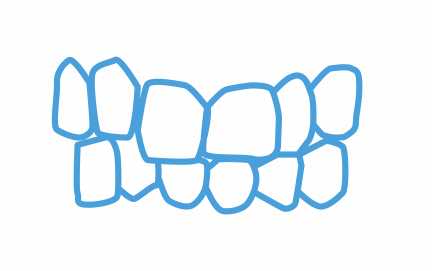Can Kissing Cause Cavities?
Sorry to say, it can. In fact, anything involving contact with saliva—a kiss, parents tasting their babies’ food, sharing of tableware and toothbrushes—can transmit decay-causing bacteria. Soon after birth, infants start to get those bacteria that inhabit the mouth and cause cavities. These germs are usually transferred by the babies’ mothers or other family members. When one so innocent can be SO susceptible, we need to provide our mouths with the best defense against the enemy. Brushing and flossing are a good beginning, as they [...]

